From distillery ads to old cartoons, we know that barrels play an important role in the making of our favorite spirits. But liquors like whiskey aren’t the only adult beverages that have spent time in some oak.
Wood barrels also play an important part in the wine-making process, both for necessity’s sake and, nowadays, for a serendipitous discovery of enhanced flavor.
From the vineyard to your own dinner table, here’s how wood barrels play an important role in every bottle of wine you uncork!
La raison d’être
We’re accustomed today to have our wine go from barrel to bottle to our glass, but this wasn’t always the case. Glass in general used to be much more expensive and far more difficult to manage, and bottling wine wasn’t a viable way of storing or transporting the beverage at all.
Of course, before we learned to handle glass with such ease, we were experts in handling wood—and wooden containers were our transportation vessels of choice. For wine, this was no different. Looking at appropriately dated art, we can even see these wooden wine barrels depicted in the midst of dancing merry-makers. The delivery of wine from elsewhere was celebrated around ye oaken barrels.
Once we were able to produce glass bottles more easily, barrels were no longer needed to store and move wine. That around the same time, however, when wine makers discovered that storage and transportation were not the only virtues that wooden barrels had to offer.
Why Wood Stuck Around
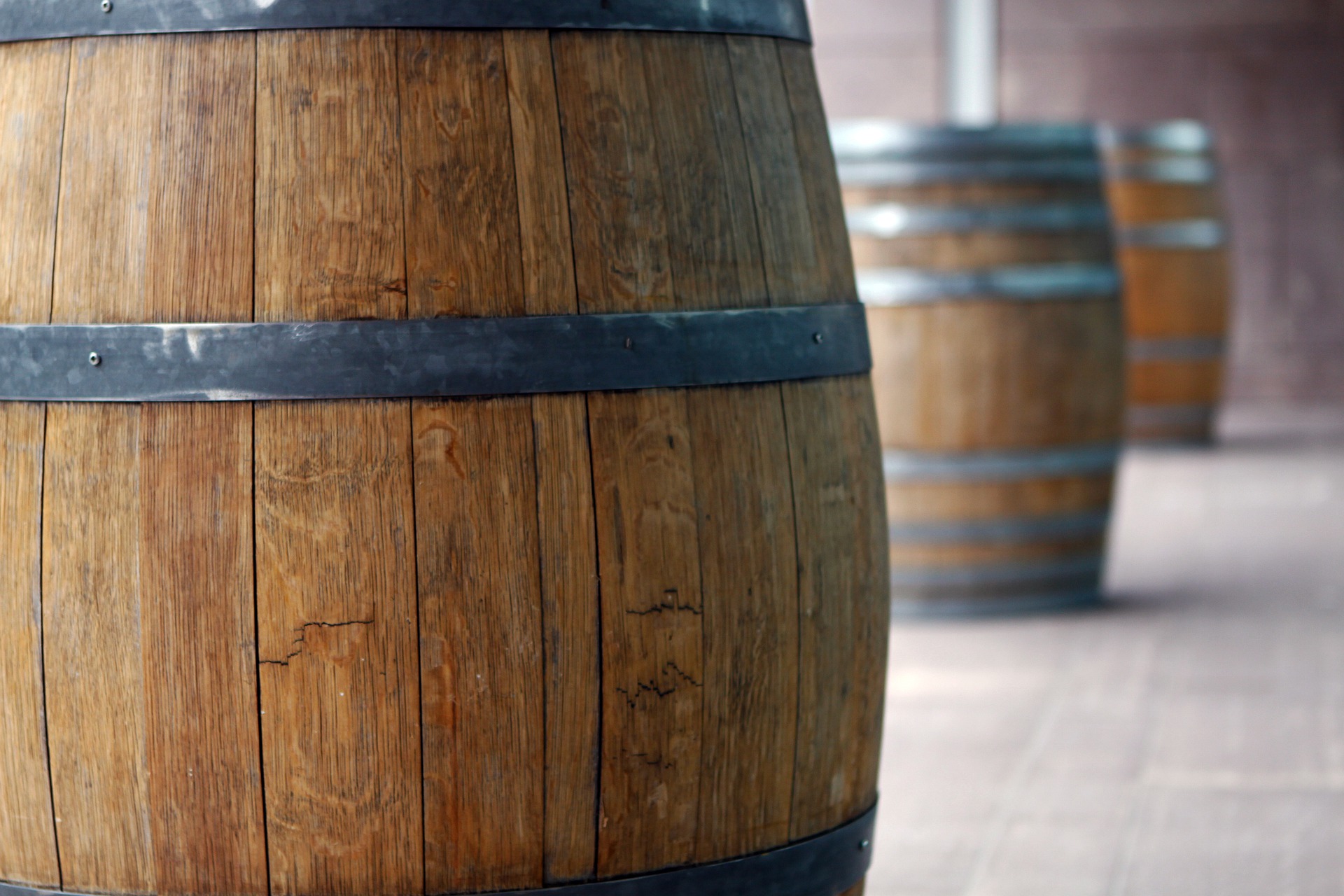
Having the technology to change how we do things doesn’t always mean that we should change. This became evident when wine makers realized just how much wood helped their wine.
The wine making process is a detailed, tedious, and careful process to get the best possible flavors into your favorite bottles. But even once the wine has been made, there is some room for improvement. We’ve come to call this improvement “aging,” and it’s precisely why we still use wooden barrels in wine-making.
What wine makers’ pre-glass-era showed is that keeping wine in these wooden barrels for storage reasons actually enhances the flavor of the drink. For one, the natural earthy flavors of the wood soak into the liquid, much like a tea bag. This is where a lot of the vanilla, wood, and smoke notes come from. Depending on the intended flavor profile, wine makers might use new or old barrels as new barrels will release more molecules into the wine than old ones. This natural flavoring is important since wine cannot have any added flavorings after the fact.
Beyond the tasting notes, a wooden barrel is a great environment to enhance the wine naturally in other ways. Just as you would pour your bottle of wine into an aerator before pouring it into your glass, the barrel allows oxygen to slowly react with the wine, making it taste smoother. Other metabolic reactions are also fostered inside the oak, which yield a creamier tasting wine.
Bring out the Barrels!
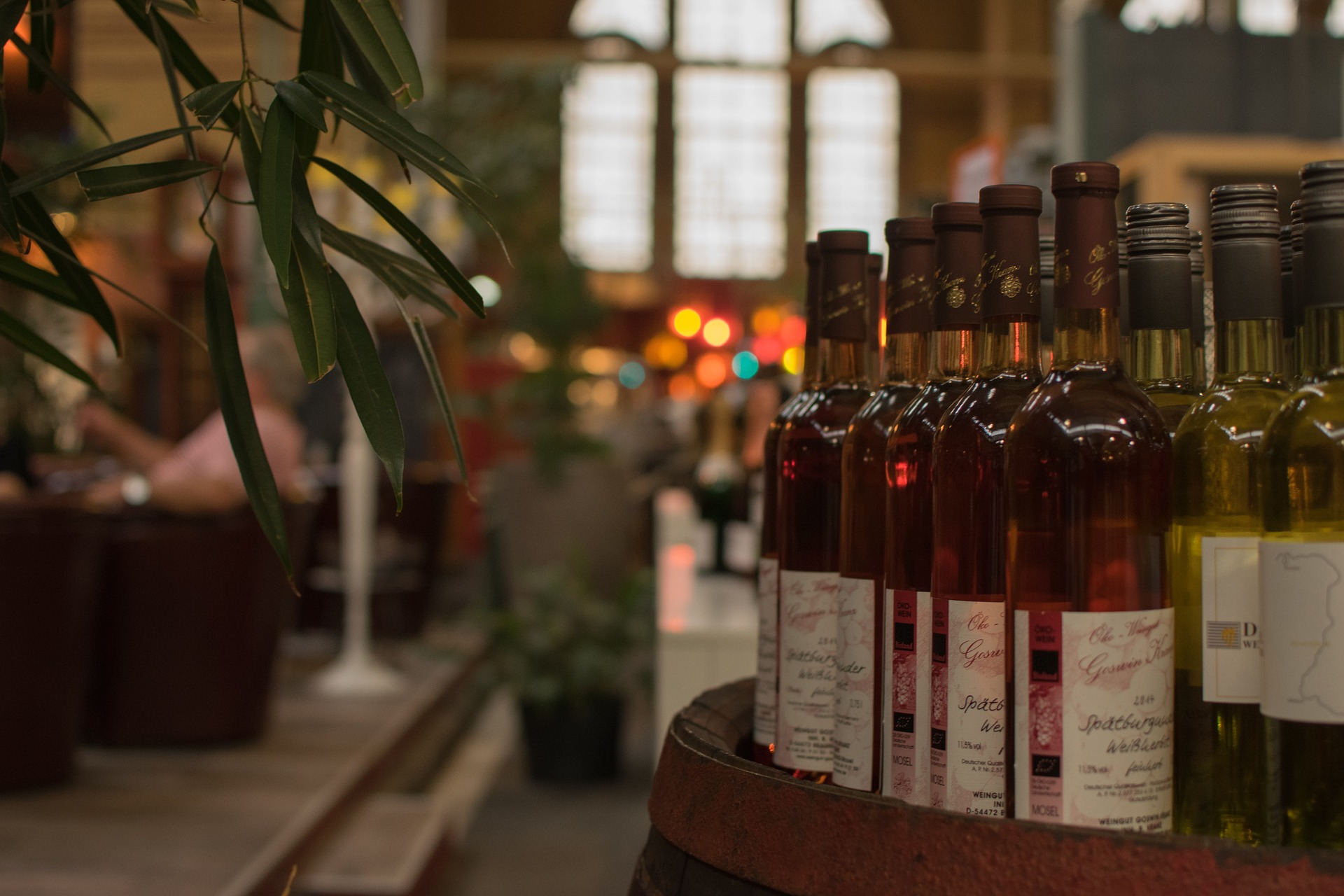
Although wooden barrels might seem more nostalgic and like a token of a different time, and for a moment they sort of were, they still serve a fundamental purpose in the wine-making process today. Good wooden barrels are the secret to punching flavor through the roof in your favorite bottles of wine.
Just think about what a big barrel of wine could do for your next social event!
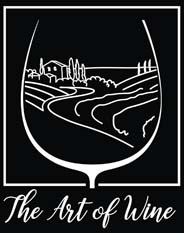

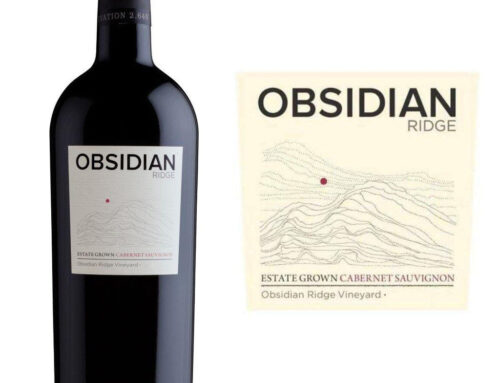
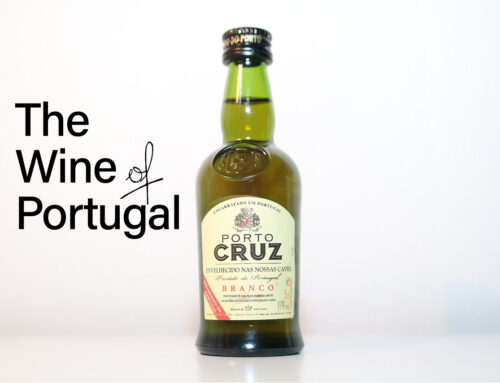


Leave A Comment